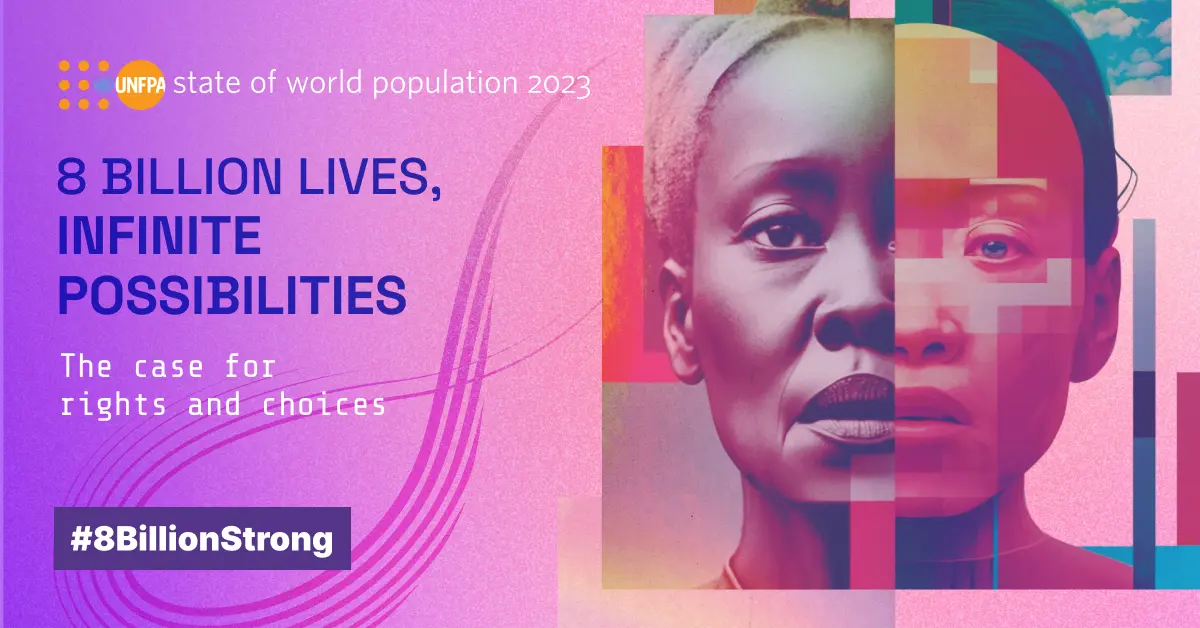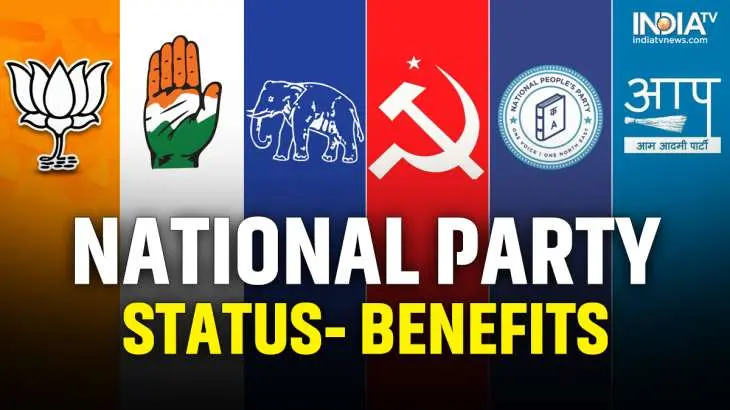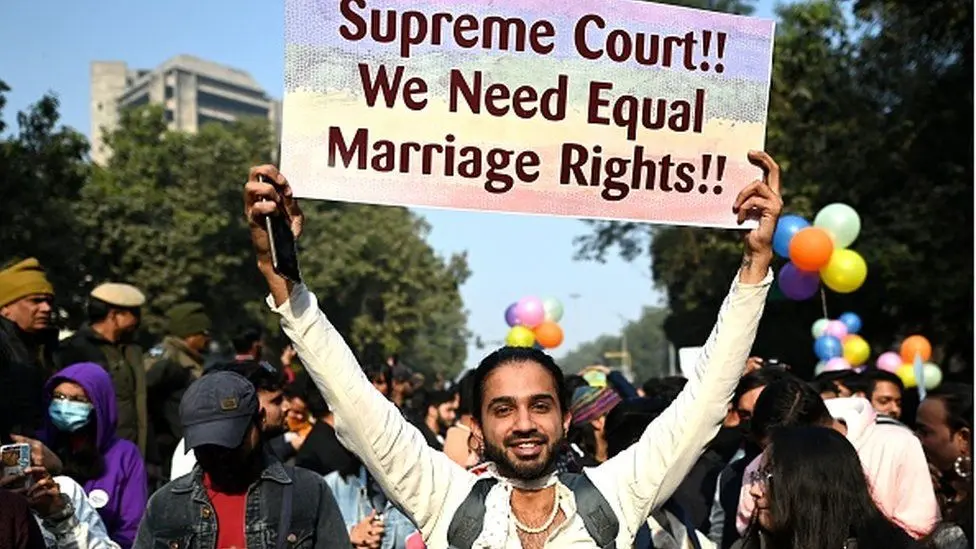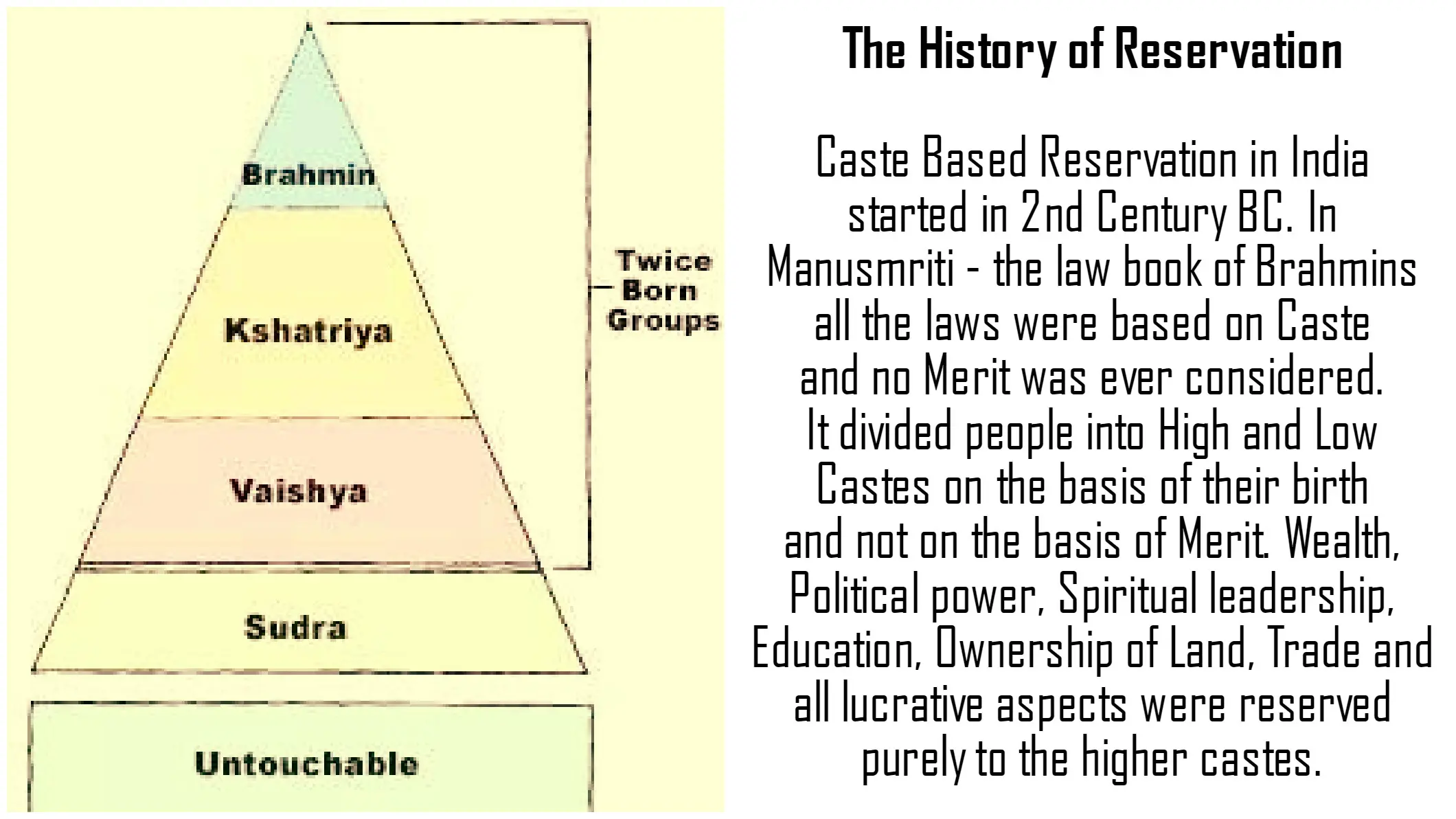UN population report: Key takeaways for India and the world
Ancient and Medieval History
Art and Culture
Modern History
Post Independence History
World History
Indian Society
Physical Geography
Indian Geography
World Geography
Indian Polity
Governance
Social Justice
International Relations
Economics and Economic Development
Science and Technology
Environment and Biodiversity
Disaster Management
Internal Security
Ethics, Integrity and Aptitude
Ethics Case Studies
Essay
Government Scheme
Daily Updates
SC ruling on Agnipath scheme: What does promissory estoppel under contract law mean?

2023-04-13
04:04 pm
430 Views
Recently, the Supreme Court rejected petitions that challenged the Delhi High Court's decision to uphold the Agnipath scheme for recruitment in the armed forces. Among the petitioners were individuals who had been shortlisted in the previous recruitment process for the Army and Air Force.

Bhushan’s argument
- Advocate Prashant Bhushan, who represented some of these candidates, informed the Supreme Court that their names had appeared on a provisional list for Air Force recruitment, but the recruitment process was cancelled when the Agnipath scheme was implemented.
- He urged the court to direct the government to complete the previous process based on the doctrine of promissory estoppel.
- He stated that there was a written exam, physical test, and medical exam conducted under the old recruitment process after which a provisional selection list was published with the ranks.
- According to Bhushan, for more than one year, the government kept postponing the issue of appointment letters under the old process citing reasons such as Covid-19.
- Meanwhile, recruitment rallies were conducted for the same posts, claiming it was for fast-track recruitments to address the demographic imbalance to recruit tribal people, etc.
- Bhushan added that these candidates had received job offers in BSF and other paramilitary organisations but had refused them as they were told that Air Force recruitment letters would be issued.
- He argued that the issue of letters being postponed due to Agnipath was not communicated to them, and hence, there was an issue of promissory estoppel.
The doctrine of promissory estoppel
- Promissory estoppel is a concept in contract law.
- A valid contract under law requires an agreement with sufficient consideration.
- Promissory estoppel prevents a "promisor" from backing out of an agreement on the grounds of lack of consideration.
- The doctrine is used in court by a plaintiff(the party moving court in a civil action)to ensure execution of a contract or seek compensation for failure to perform the contract.
- In the ChhaganlalKeshavalal Mehta v. Patel NarandasHaribhai case, 1981, the Supreme Court listed a checklist for applying the doctrine.
- The first requirement is a clear and unambiguous promise.
- Second, the plaintiff must have acted reasonably in reliance on that promise.
- Third, the plaintiff must have suffered a loss.
Applicability of promissory estoppel in the Agnipath case
- Bhushan's argument invoked the doctrine of promissory estoppel in the Agnipath case, implying that the government's actions of shortlisting candidates constituted a promise that they should be compensated for if not fulfilled.
- The judges rejected this argument, stating that promissory estoppel is subject to the public interest, and this is a matter of public employment rather than a contractual matter.
Agnipath Scheme
- The scheme lays down rules for recruitment to the armed forces, and was unveiled on June 14, 2022.
- Around 46,000 soldiers between the ages of 17.5 and 21 years, known as "Agniveers," will be recruited into the three services (Army, Airforce, and Navy) for a period of four years on a short-term contractual basis.
- In June 2022, the upper age limit for recruitment was extended to 23 years after violent protests in several states.
- Only 25% of the total annual recruits will be allowed to continue for another 15 years under a permanent commission. For those who are re-selected, the initial four-year period will not be considered for retirement benefits.
- The new system aims to reduce the defense pension bill, which has been a cause of concern for governments over the years.
- The new system is only for personnel below officer ranks or personnel who do not join the forcesas commissioned officers.
- Once selected, the aspirants will go through training for six months and then will be deployed for three and a half years.
- During this time, they will get a starting salary of Rs 30,000, along with additional benefits which will go up to Rs 40,000 by the end of the four-year service.
- At the end of the four years, each soldier will get Rs 11.71 lakh as a lump sum amount, which will be tax-free. They will also get a Rs 48 lakh life insurance cover for those four years.
- In case of death, the payout will be over Rs 1 crore, including pay for the unserved tenure.
- Recruitment will begin within 90 days under the scheme which will bring “all India, all class” recruitment to the services by way of an all-India merit-based selection, which will replace the British-era system of recruiting specific caste-based regiments.
















Comments
Login To Comment
Recent Comments